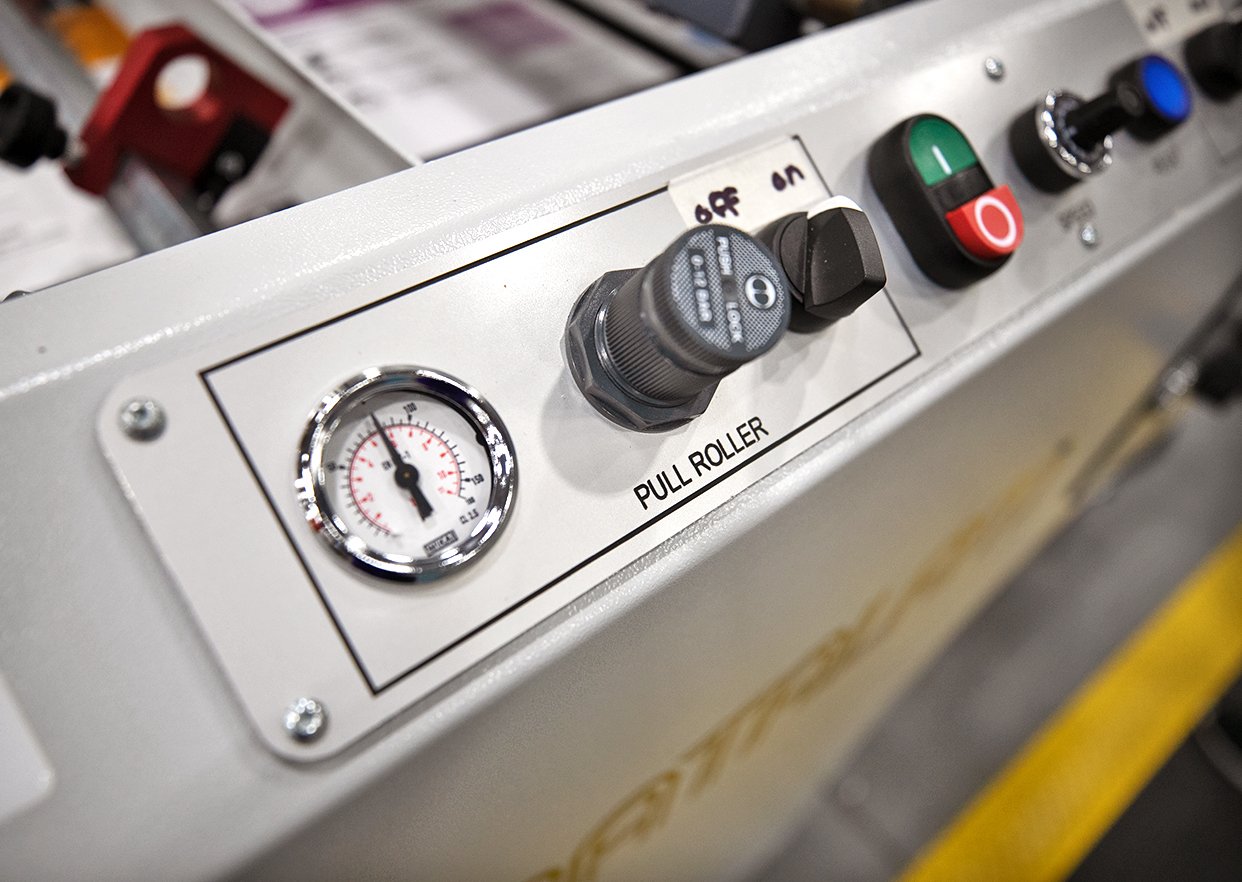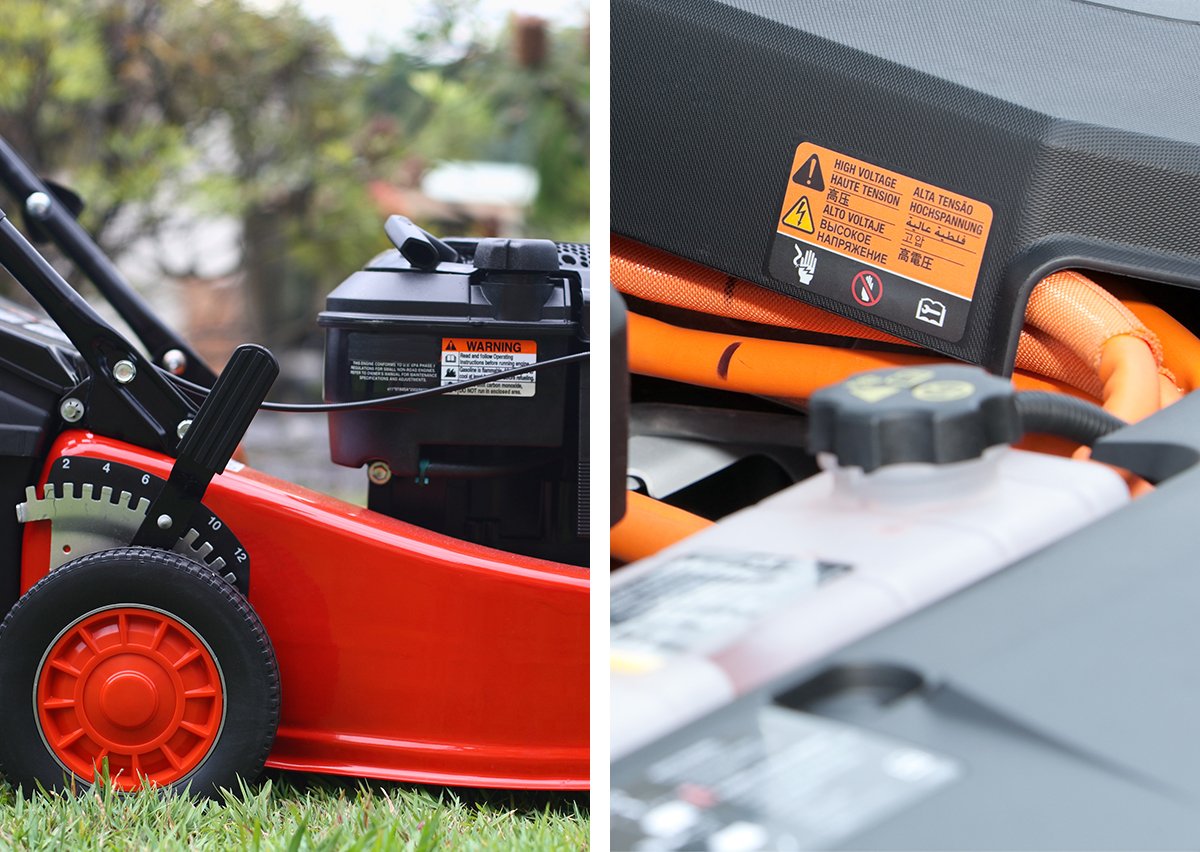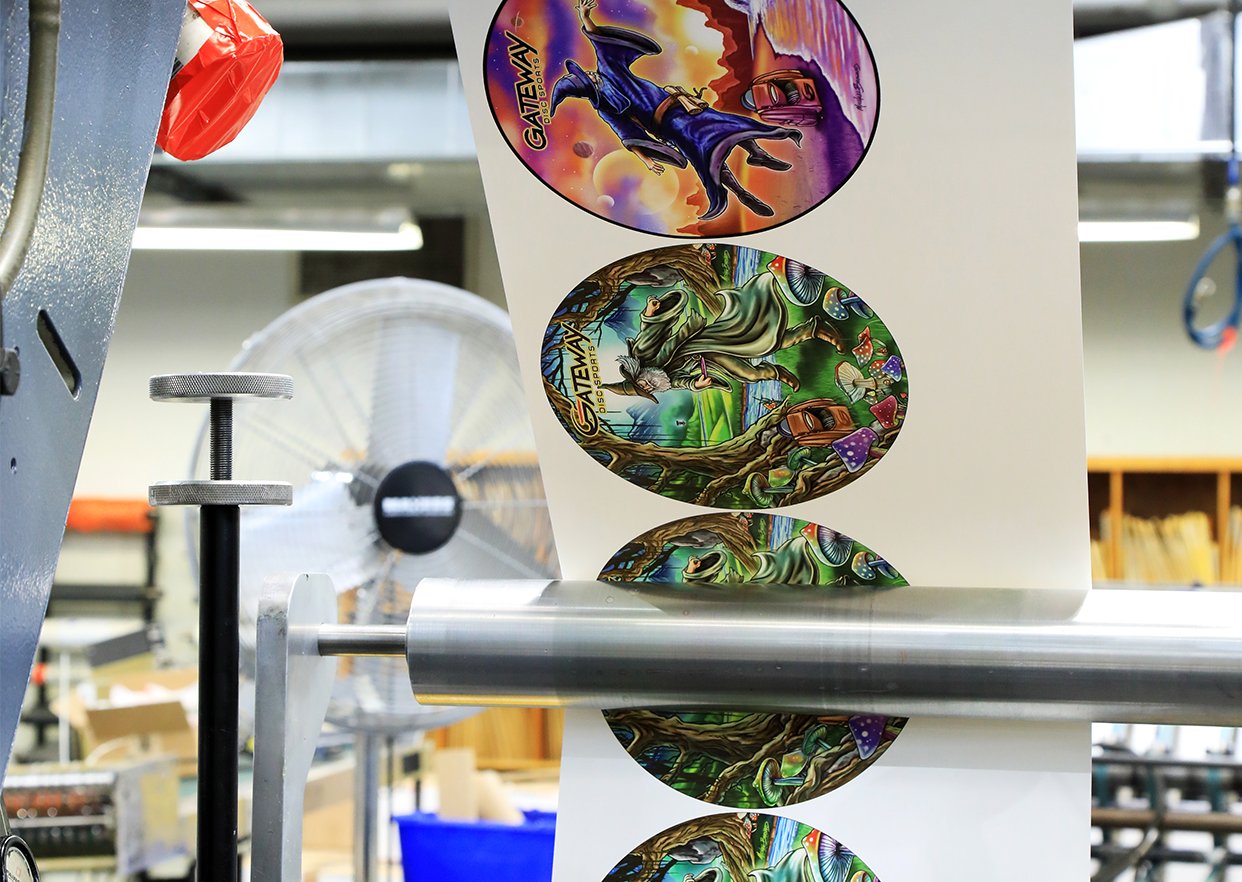Improvements in paper, inks and special coatings are revolutionizing digital printing and enhancing the customer experience.
In an effort to operate more effectively and efficiently, businesses of all sizes have made astonishing breakthroughs in the use of technology. Innovative technology has been shown to save you time and money through simplified processes, decreased manual effort, streamlined transactions and more. However, not all technologies reach their full potential in the early stages. This can be a frustrating realization inside your organization as well as when working with outside vendors. One example of this phenomenon is digital printing.
The general perception of digital printing in our industry was somewhat lackluster as recently as 10 years ago. However, thanks to continuous innovation and the advancement of technology, digital printing is not what it used to be. For instance, extraordinary advancements have been made in flood coating and spot coatings. Digital equipment can now take an entire surface or specified area and coat it with ink, adhesive, varnish and more, giving your printed materials the ability to stand out.
Is Digital Printing Right For You?
To see if digital printing could provide value to your organization, you need a good understanding of the materials and processes that are used. Digital printing differs from standard offset printing by providing faster turnaround, lower costs for shorter runs, timely setup, simplified proofing and more. If you are looking for high-quality print with the potential for both cost and time savings, digital print could be a viable option for you.
How Digital Printing Works
Improvements to digital printing have brought about different types of digital printers. The two most common types include laser and inkjet. Inkjet presses use ink while laser presses use a toner to produce images. These images are typically sent to the press through a digital file like a PDF instead of the plate that is needed for an offset press. Here are a few specifics you might want to take into consideration:
Color
Digital presses run on a four color processing system but can also simulate or color match the use of Pantone® ink.
Paper
Smooth, bright coated paper produces sharper images that don’t allow the ink/toner to absorb into the paper and feather out, which can distort the image.
Proofing and Personalization
Since there is little setup to digital printing, single-sheet prints and file changes can be made prior to the run allowing for quick proofing and variable data edits. Variable data allows you to tailor your messages on each printed item in one run.
Run Size
The ideal run size for a digital press is a small- to medium-sized project. No matter what the scale or scope of your business, it’s likely that digital print production has an important role to play.
Cost and Turnaround Time
Because there is no plate creation and files are digitally designed, there is a faster turnaround time between implementation and final product stages as well as lower setup and maintenance charges.
Sustainability
As environmental sustainability becomes a core strategy for many businesses, digital printing technology is rising to the fore and with good reason:
- Digital printing processes produce far fewer CO2 emissions than many “traditional” printing methods.
- The print-on-demand flexibility of digital production enables smaller minimum orders, which leads to smaller inventories and less risk of materials obsolescence down the road.
- Digital production results in fewer wasted materials. Since printing is driven by digital files, no printing plates are created or discarded.
- All ink and toner is consumed in the digital printing process itself. There are no plates or blankets to wash, eliminating a source of potentially hazardous chemicals and waste water.
Digital printing could very well be ideal for jobs that would not have made sense just a few years ago. If you have any questions regarding this process or if it fits with your company standards, feel free to leave a comment or reach out to us directly.










